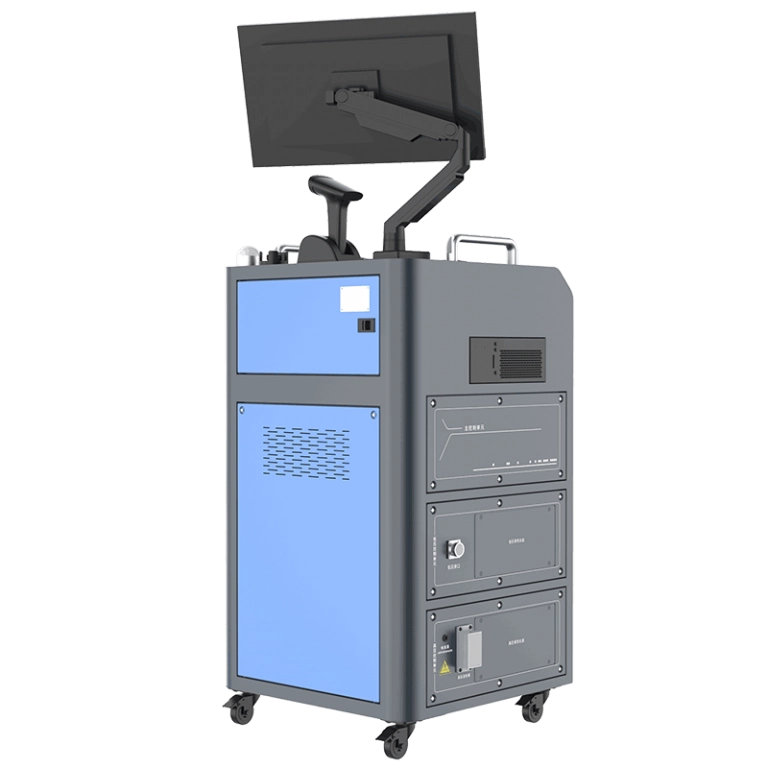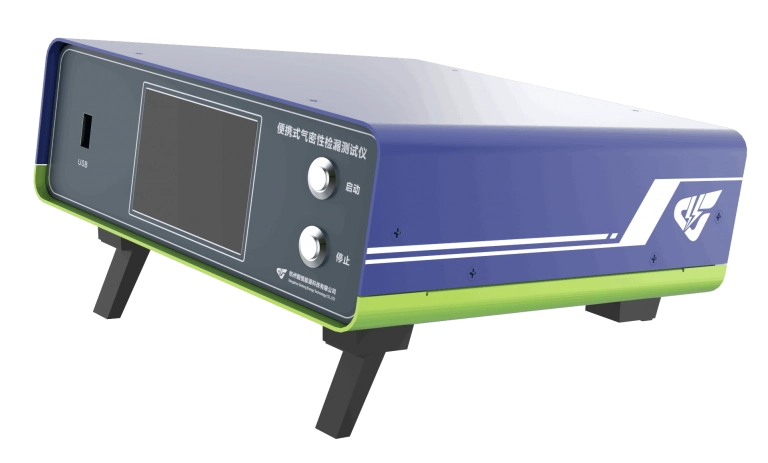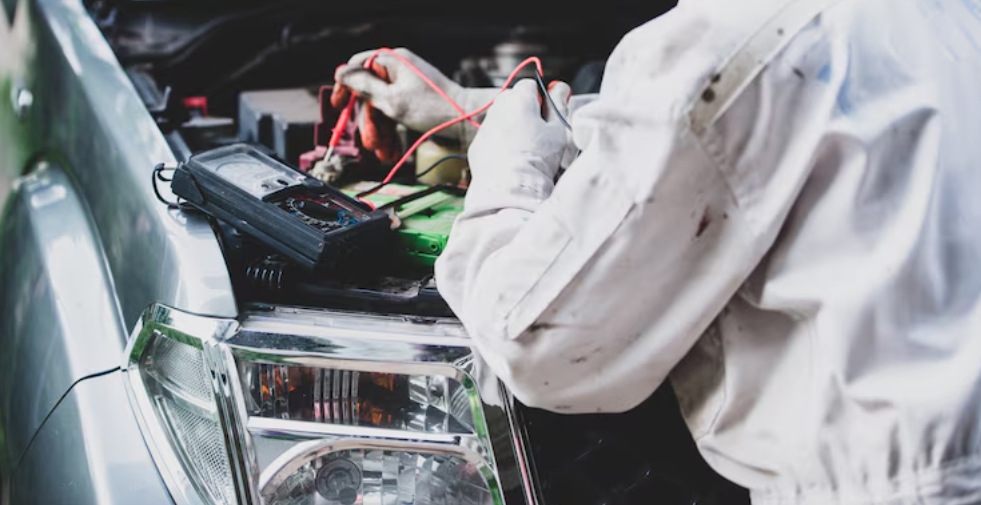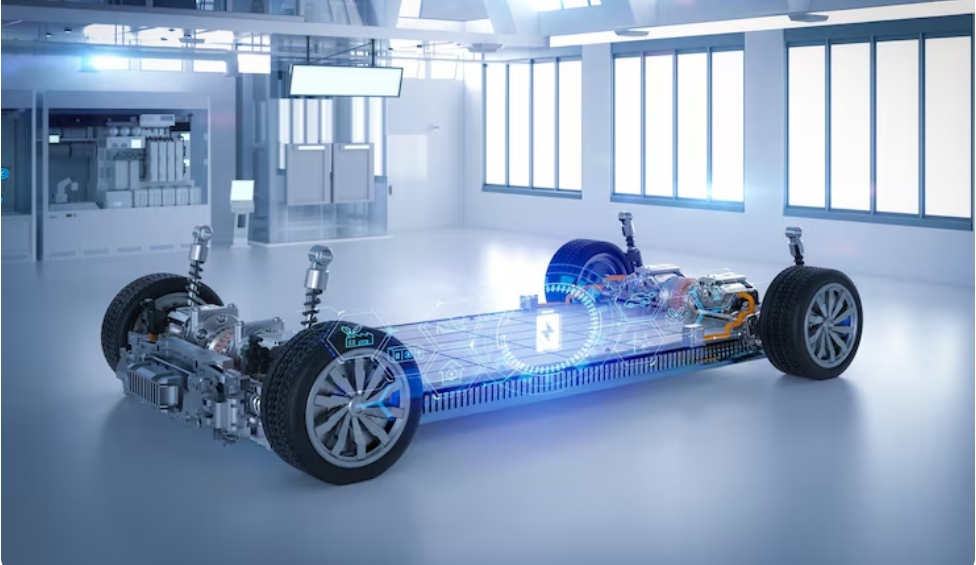New energy vehicles have become popular in China in recent years, and power batteries, as their core components, directly determine the vehicle’s endurance, safety and performance. However, power batteries are bound to fail during use, such as capacity decay, abnormal charging or thermal runaway. Timely diagnosis of these problems can not only extend battery life, but also ensure driving safety. This article will discuss in detail how to diagnose common faults of new energy vehicle power batteries, helping car owners and maintenance personnel master practical methods.
Common faults of power batteries
Power battery failure often manifests itself through some obvious or hidden symptoms. Identifying these manifestations is the first step in diagnosis.
Capacity fade
- symptom: The driving range is significantly shortened, and even a full charge cannot reach the expected distance.
- reason:Battery cell aging, excessive cycles or long-term high-temperature use lead to material degradation.
- Preliminary judgment: Observe whether the remaining power displayed on the instrument panel matches the actual mileage.
Abnormal charging
- symptom: Charging time is extended, the battery cannot be fully charged, or the charging process is frequently interrupted.
- reason: Battery management system (BMS) failure, charging port problem or internal short circuit of the battery cell.
- Preliminary judgment: Check whether the charging pile is normal and record the voltage and current changes during the charging process.
Thermal runaway risk
- symptom: The temperature in the battery area rises abnormally, and may even be accompanied by a strange smell or smoke.
- reason: Internal short circuit, overcharge, physical damage or cooling system failure.
- Preliminary judgment: Use an infrared thermometer to detect the temperature distribution of the battery pack.
These symptoms may be a single problem or a combination of multiple faults. Therefore, a systematic diagnostic process is essential.
Basic steps to diagnose power battery failure
Diagnosing power battery failure requires a combination of observation, data analysis, and specialized equipment. The following is a general diagnostic process:
Step 1: Collect vehicle operation data
- method: Read the battery management system data through the OBD interface, including voltage, current, SOC (state of charge) and SOH (state of health).
- tool: Portable diagnostic instrument or dedicated software.
- Purpose: Get the real-time status of battery operation and preliminarily determine abnormal points.
For example, if the SOC shows 100%, but the range is much lower than normal, it may indicate capacity decay. For more diagnostic solutions, please refer to New Energy Vehicle Solutions.
Step 2: Appearance inspection
- method: Check the battery pack casing for deformation, leakage or burn marks.
- Precautions: Wear protective gloves and avoid direct contact with potentially live parts.
- Purpose: Eliminate faults caused by physical damage or external short circuit.
Abnormal appearance is often a precursor to thermal runaway and requires immediate cessation of use and further testing.
Step 3: Functional testing
- method: Use special equipment to perform functional testing and record battery performance parameters.
- Recommended tools:likeBattery Pack Service Terminal Final Inspection Instrument ETS-AE-100, can quickly detect the battery pack function.
- Purpose: Verify the actual capacity and charge and discharge efficiency of the battery.


Step 4: Air tightness test
- method: Use an airtightness tester to check the sealing of the battery pack.
- Recommended tools:Portable air tightness leak tester QMM-WZ-C-C0.
- Purpose: Check whether there is electrolyte leakage or external moisture intrusion.

Airtightness issues may lead to internal corrosion, a potential cause of thermal runaway.
Specific diagnostic methods for common faults
Different diagnostic methods have different focuses for different fault types. The following is an in-depth analysis of several typical problems:
Capacity fade diagnosis
- Data analysis:Compare the current capacity with the factory capacity and calculate the SOH value. SOH below 80% usually means replacement is needed.
- Test Method: Perform a complete charge and discharge cycle and record the actual capacity.
- Possible results:
- If the capacity is less than 70% of the marked value, the battery cell may be severely aged.
- If the SOH is normal but the range is still short, check whether the BMS data is accurate.
Troubleshooting of abnormal charging
- step:
- Test the output voltage and current of the charging pile to ensure that the external equipment is correct.
- Check the battery pack connector for looseness or oxidation.
- Use a multimeter to measure the voltage of the single cell and look for abnormal values.
- Frequently asked questions: Uneven cell voltages may indicate a failure in the balancing system.
Thermal runaway detection
- step:
- Scan the battery pack with an infrared thermometer and mark any hot areas.
- Check whether the cooling system (such as fans or liquid cooling pipes) is operating normally.
- Check whether there is overcharging record through BMS data.
- Precautions: If abnormally high temperature is found, immediately cut off the power and move to a safe area.
The following table summarizes the diagnostic points for common faults:
| Fault type | Main symptoms | Diagnostic Tools | Key Checkpoints |
| Capacity fade | Shortened battery life | Charge and discharge tester, BMS data | SOH value, actual capacity |
| Abnormal charging | Slow or interrupted charging | Multimeter, diagnostic instrument | Single cell voltage, connector status |
| Thermal runaway | Abnormal temperature rise | Infrared thermometer, BMS data | Cooling system, overcharge record |
Technical support from Guheng Energy
When diagnosing new energy vehicle power battery failures, professional technical support is indispensable. Hangzhou Guheng Energy Technology Co., Ltd. (Guheng Energy for short) excels in this regard. Company Profile Founded in 2012, Guheng Energy is located in Hangzhou and is a national high-tech enterprise. The company focuses on service technology development in the field of new energy vehicles and energy storage, and has a full set of solutions for battery diagnosis, testing and maintenance.
fromDevelopment HistoryFrom a perspective of the industry, after more than ten years of accumulation, Guheng Energy has developed a number of industry-first equipment, such as battery pack service terminal final inspection instrument and airtightness leak tester. These products have obtained more than 30 patents (including 6 inventions) and 28 software copyrights, and passed ISO9001 certification. Guheng Energy also provides fast-response after-sales service to ensure that users have no worries during the diagnosis and maintenance process.
For example, using solid energy Battery Pack Service Terminal Final Inspection Instrument ETS-AE-100Maintenance personnel can quickly detect whether the battery pack performance meets the standards and generate a detailed report. This greatly reduces the difficulty of diagnosis and improves efficiency.
How to prevent power battery failure
Diagnosis is important, but prevention is better than cure. Here are some practical suggestions:
- Regular inspection: Use diagnostic equipment to assess battery health every 3-6 months.
- Standard Use: Avoid frequent fast charging or deep discharging, and keep SOC between 20%-80%.
- Environmental Management: Choose a cool place when parking in hot weather, and keep the battery warm in winter.
- Professional maintenance:refer toBattery health monitoring solution from GCH Energy, regular professional maintenance.
Preventive measures can significantly reduce the incidence of failures and extend the service life of the battery.
In conclusion
Fault diagnosis of new energy vehicle power batteries is a systematic work that needs to be carried out step by step from symptom identification to professional testing. By mastering the diagnostic methods of capacity decay, charging abnormalities and thermal runaway, car owners and technicians can effectively deal with common problems. The technical support of Guheng Energy provides a strong guarantee for this process. Want to learn more about battery maintenance solutions? VisitGuheng Energy official website, get more professional resources.
Frequently asked questions
1. At what point does the power battery capacity decay before it needs to be replaced?
The state of health (SOH) of the power battery is a key indicator for determining whether to replace it. Generally speaking, when the SOH drops below 80%, the battery capacity has significantly decayed and the endurance is limited. At this time, if the vehicle usage scenario has high requirements for endurance (such as long-distance driving), it is recommended to replace it. If it is only used for short-distance commuting, you can continue to observe until it is below 70% before making a decision. Before replacement, use a charge and discharge tester to confirm the actual capacity to ensure accurate decision-making.
2. Could abnormal charging be caused by a problem with the charging station? How to distinguish?
Yes, abnormal charging may be a problem with the charging pile or the battery itself. The following are the ways to distinguish: First, try to replace the charging pile for testing. If the problem disappears, the charging pile is faulty. Second, use a multimeter to measure the output voltage and current of the charging pile. The normal values should be consistent with the vehicle manual. If the charging pile is normal, check the battery connector and BMS data to confirm whether the single cell voltage is balanced. Step-by-step troubleshooting can accurately locate the source of the problem.
3. What are the warning signs before thermal runaway occurs?
There are usually multiple signals before thermal runaway: First, the temperature of the battery pack rises abnormally, and local hot spots can be detected by an infrared thermometer; second, there is a strange smell during charging or driving, which may be an electrolyte leak; third, BMS alarms, such as abnormal voltage or overtemperature warnings. When these signs are found, stop the car immediately, cut off the power supply, and contact professionals to avoid escalating risks.




